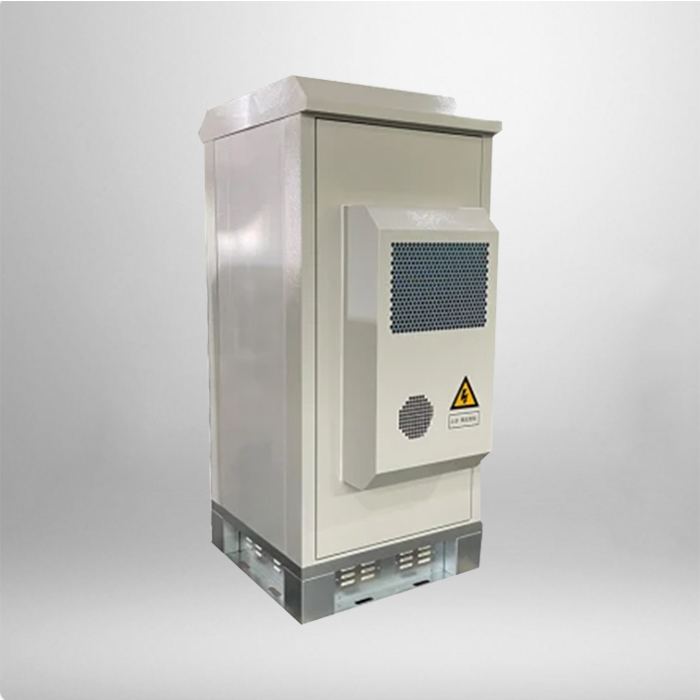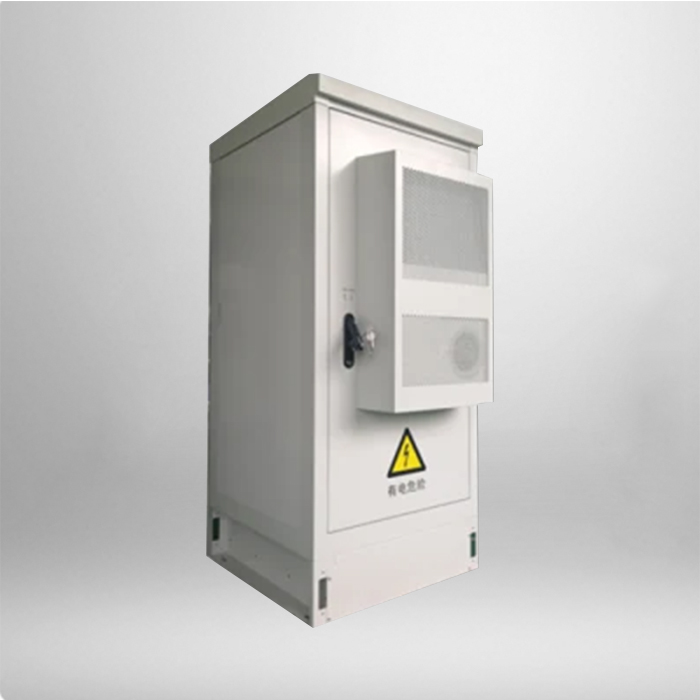
In today’s digital age, reliable network access relies heavily on outdoor telecom cabinets. These units act as critical hubs, housing essential equipment like routers, switches, and power supplies that keep data flowing across cities, rural areas, and remote locations. Their design must address unique challenges posed by outdoor environments, making functionality and durability top priorities.
One of the most important features of outdoor telecom cabinets is weather resistance. Exposure to rain, snow, extreme temperatures, and humidity can damage sensitive electronics. High-quality cabinets use materials like galvanized steel or aluminum alloy, paired with waterproof seals and corrosion-resistant coatings. This ensures internal components stay dry and protected, even in harsh weather conditions. Temperature control is another key aspect—many cabinets include built-in fans, heaters, or air conditioning systems to maintain a stable internal temperature, preventing overheating in summer or freezing in winter.
Security is also a vital consideration. Outdoor cabinets are often located in public or unattended areas, so they need robust locking mechanisms to deter theft and vandalism. Some models add extra layers of security, such as tamper-proof hinges or alarm systems that trigger alerts if unauthorized access is attempted. This protects valuable network equipment and reduces the risk of service disruptions.

Flexibility and scalability matter too. As network demands grow, telecom providers may need to add or upgrade equipment. Well-designed outdoor cabinets have modular interiors with adjustable shelves and cable management systems, making it easy to reconfigure or expand the setup without replacing the entire unit. This adaptability helps reduce long-term costs and ensures the cabinet can keep up with evolving technology.
In addition to functionality, energy efficiency is becoming increasingly important. Many modern outdoor telecom cabinets integrate energy-saving features, like low-power cooling systems or solar-powered backup options. These not only lower operational costs but also align with global efforts to reduce carbon footprints.


